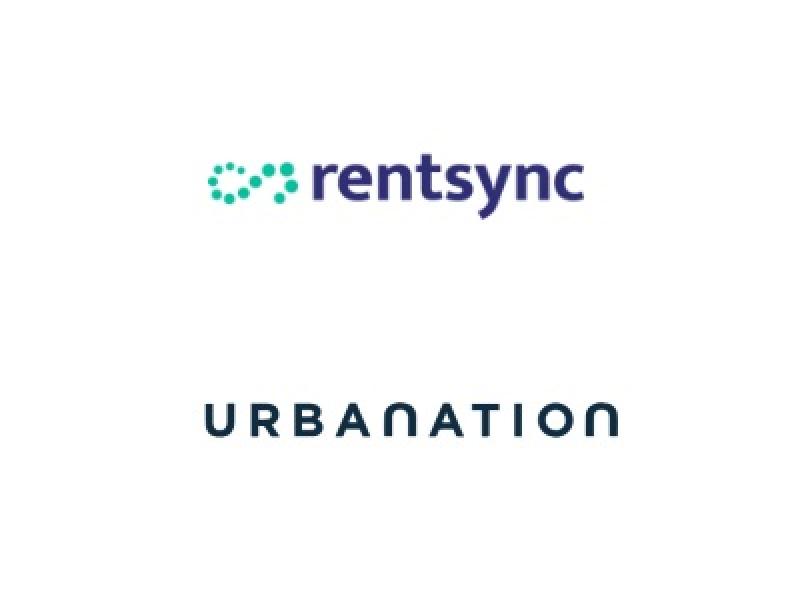
Ram Srinivasan, JLL’s managing director of consulting. (Courtesy JLL)
Provinces are slowly reopening their economies and offices which have been largely vacant during the early stages of the COVID-19 pandemic will soon be repopulating with at least some workers.
Oxford Properties Group vice-president and head of leasing for the Greater Toronto Area John Peets moderated a four-person panel dealing with the pending return, and what it might look like, during a May 27 Real Estate Forums webinar.
Mandy Sutherland of Steelcase, which manufactures furniture for offices, hospitals and classrooms, said business leaders have stayed well-connected to their work-at-home staffs, making extra efforts to not only monitor work and problem-solve, but also check on their well-being.
“There’s been a lot of empathy shown and a lot of forgiveness, and I think that has to continue as well because it’s not going to be easy for people to go back,” said Sutherland, Steelcase’s senior consultant for applied research and consulting.
“We’re social creatures and pack animals and it’s going to require constant reinforcement of the protocols, but in a way that doesn’t make it a bad experience when people come in to the office.”
Respect for office employees and their safety
While most offices have been minimally staffed for the past two to three months, measures were generally taken to keep those few who remained feeling safe.
JLL managing director of consulting Ram Srinivasan said new protocols and standards must be put in place to maintain those safety levels once more people are in offices.
As companies start selecting who needs to return to the office, consideration must be given to those who have already been there through the crisis. There should be equitable treatment for everyone, according to Srinivasan.
“The pandemic has really challenged resilience for companies and workplaces. As we go forward, companies will want more flexibility and agility in their work environments.”
Srinivasan doesn’t believe there’s been a rush to get people back into offices and thinks companies are trying to learn from others before acting themselves.
Royal Bank of Canada director of global design and workplace strategy for corporate real estate Catherine French said her company isn’t rushing to have a large amount of staff return to its offices. She does know it will be a phased, methodical process when it happens.
Strict protocols around physical distancing will be in place and lots of communication will occur.
Office precautions
OMERS chief medical officer James Aw said everyone in an office should wear a mask covering the nose and mouth to protect each other. They should also wash their hands regularly, use common sense and try to avoid closed spaces, crowds and close contact.
Aw said OMERS will provide its employees reusable cloth masks that can be washed and worn again. The firm remains cognizant of its environmental footprint and wants to avoid unnecessary waste created by disposable masks.
Rotating days and staggering hours to regulate the number of employees in offices should also be considered, according to Aw.
Peets said the ratio of fresh to recirculated air in most office buildings is 70-30, which can be a concern for employees who want more fresh air. He doesn’t think it’s likely, however, that contagious droplets will spread through heating, ventilation and air-conditioning systems.
While COVID-19 can last outside of the body for a few hours to a few days, the possibility of infection through surfaces is very low so it shouldn’t be a concern as a large source of transmission, said Aw. Still, he said giving employees more breaks to go outside for fresh air should be considered.
“Common sense dictates that the built environment can only do so much to ensure your safety,” said Srinivasan. “You as an individual can do much, much more.”
Cleaning and disinfecting
While cleaning has traditionally been done at night when employees are gone, Peets said more day cleaning will likely be necessary.
Intense disinfection protocols will take place throughout the day in common areas and on high-touch points including entry doors, escalator handrails and elevators at Oxford buildings. Washrooms that used to be cleaned twice a day will now be cleaned four to six times daily.
Peets expects employees will regularly disinfect desks, keyboards, coffee machines, refrigerator handles and work surfaces due to heightened awareness of hygiene.
French said RBC will institute nightly disinfections of its offices, in addition to providing decals and signage for physical distancing purposes, instruction books and sanitization stations. The bank is also considering “experience ambassadors” on floors to help put people at ease and answer questions about safety measures.
Peets said Oxford is programming for three or four people in an elevator, if they’re all wearing masks.
The risk of spreading COVID-19 increases with more than 15 minutes of close contact, Aw said, so the risk in elevators is very low if people are wearing masks and distancing, not touching anything, and not talking to each other. If they want to take things a step further, they can also face the walls.
Health screening in offices
Peets said there will be a need to be aware of asymptomatic carriers of COVID-19 and companies should consider daily health screening measures such as temperature checks as part of their overall preparedness plans.
“It makes sense to escalate the levels of screening you can do, depending on the comfort level and type of industry you’re in,” said Aw. He noted up to 40 per cent of people with the coronavirus are pre-symptomatic or asymptomatic.
French said discussions are being held between RBC’s human resources group and chief medical officer about health screening for entry into its offices.
Co-working and shared spaces
Many of offices had introduced more shared spaces and “hot desking,” and co-working locations were opening at a rapid pace before the pandemic. Sunderland said it will be tricky to return to such sharing because people will be concerned about non-sterile surfaces, at least in the short term.
Even if a COVID-19 vaccine can be discovered and distributed, there are two trains of thought on the future of such workspaces.
Sutherland said some believe things can return to the way they were, while others believe precautions should remain in case another pandemic strikes.
Working from home
Aw said his pension fund employer is considering including work-from-home provisions in its employee benefit packages and its board of directors is interested in future wellness initiatives.
French said RBC focused on employees’ mental and emotional well-being at home at the outset of the crisis, and it’s currently looking at their physical well-being.
“Corporate real estate organizations are considering people’s homes to be in their portfolio of workspaces,” said Srinivasan.
Peets suggested corporations may need to look at compensating employees for setting up home offices.
Sunderland acknowledged working from home will continue to be the norm for a while but, even with virtual meeting technology, she’s concerned it will degrade corporate cultures.
“We can do certain tasks from home, but the desire is for people to connect and come back to each other to build their networks and to create opportunities for cross-function; that’s so difficult in a planned way.”
RELATED ARTICLES:
* Battered Calgary office owners await ‘new normal’ fallout
* Yesterday, today, tomorrow: COVID-19 office market snapshot
* Canada’s office sector well-placed to survive pandemic: JLL CEO







